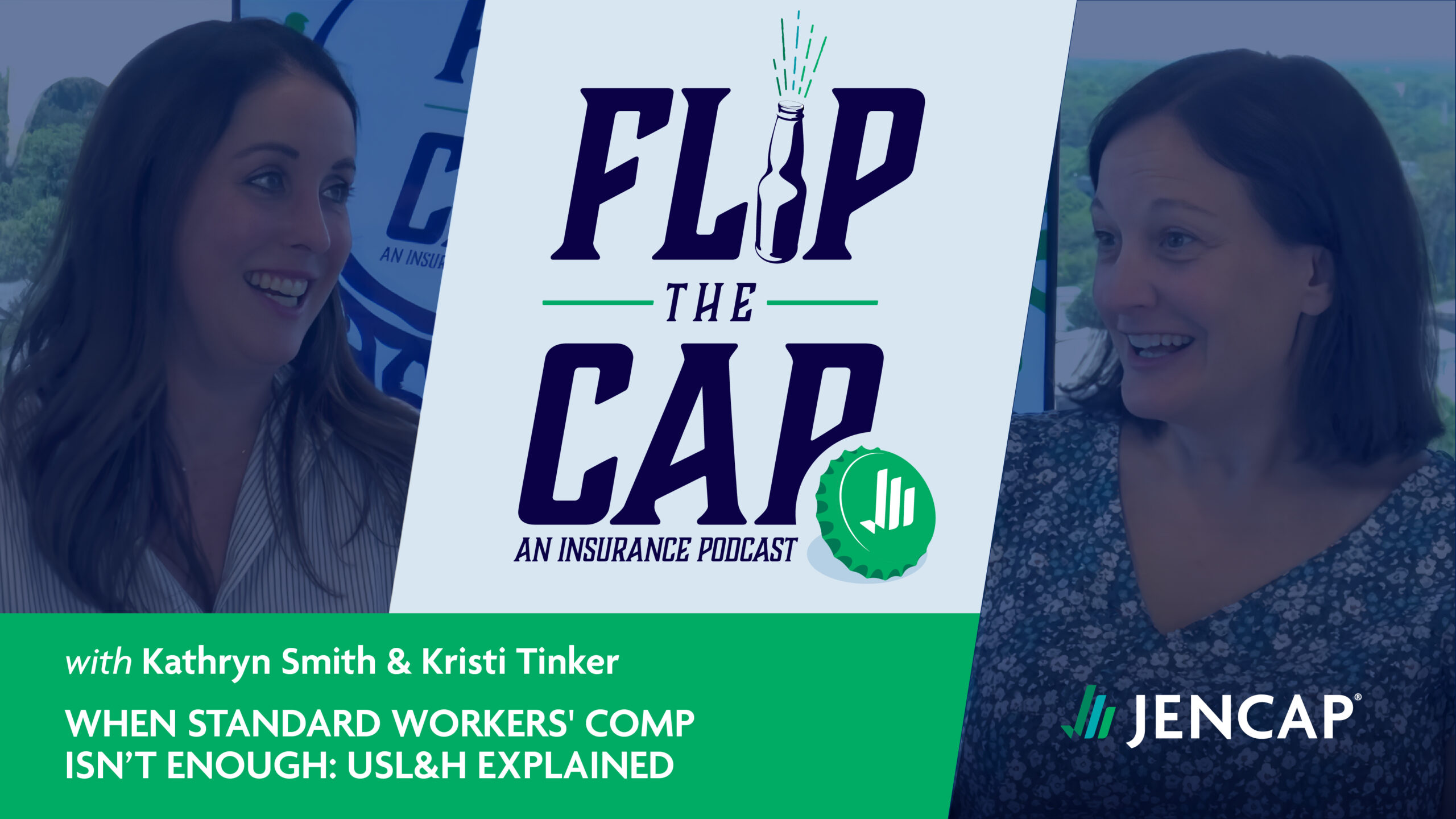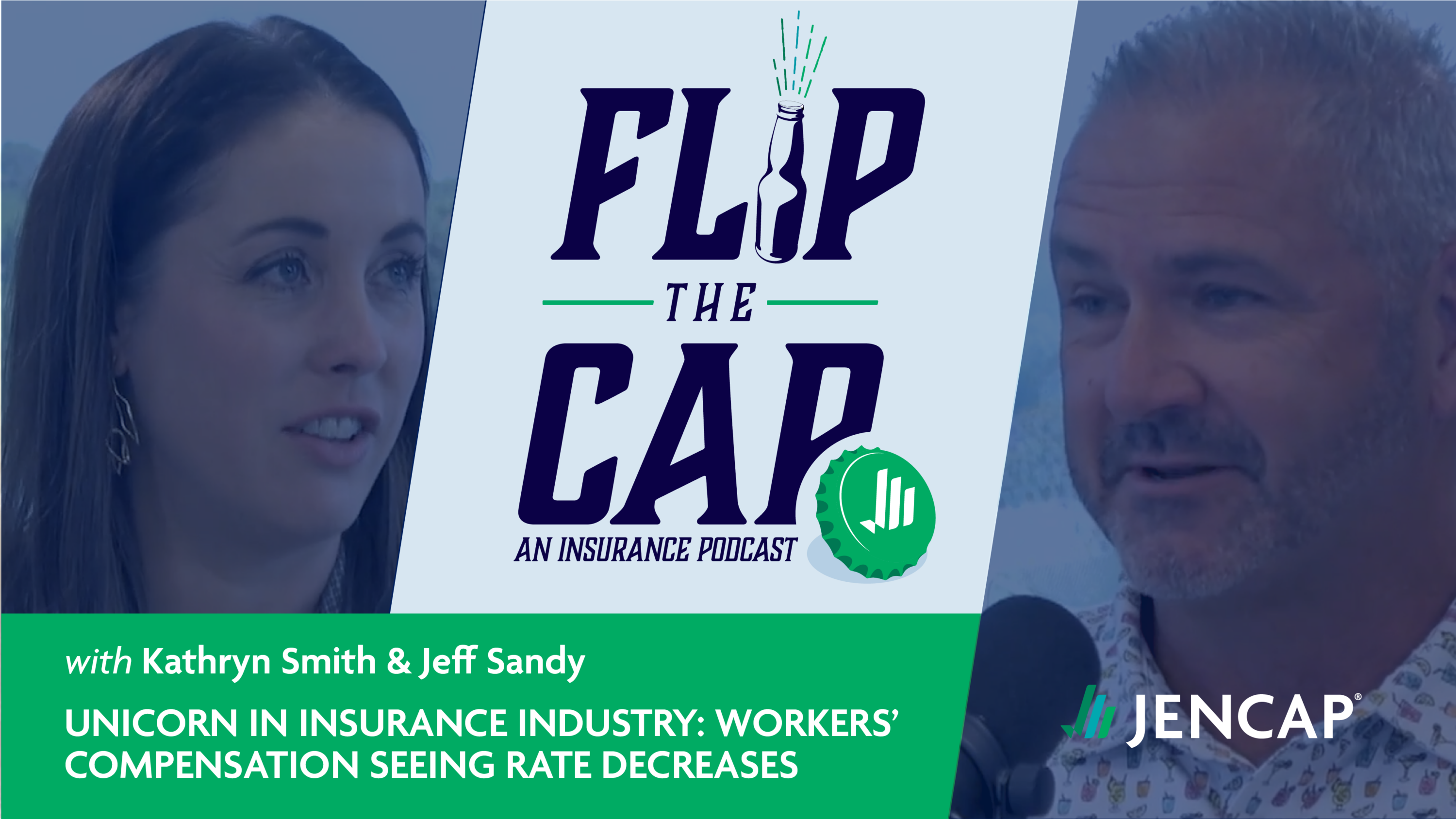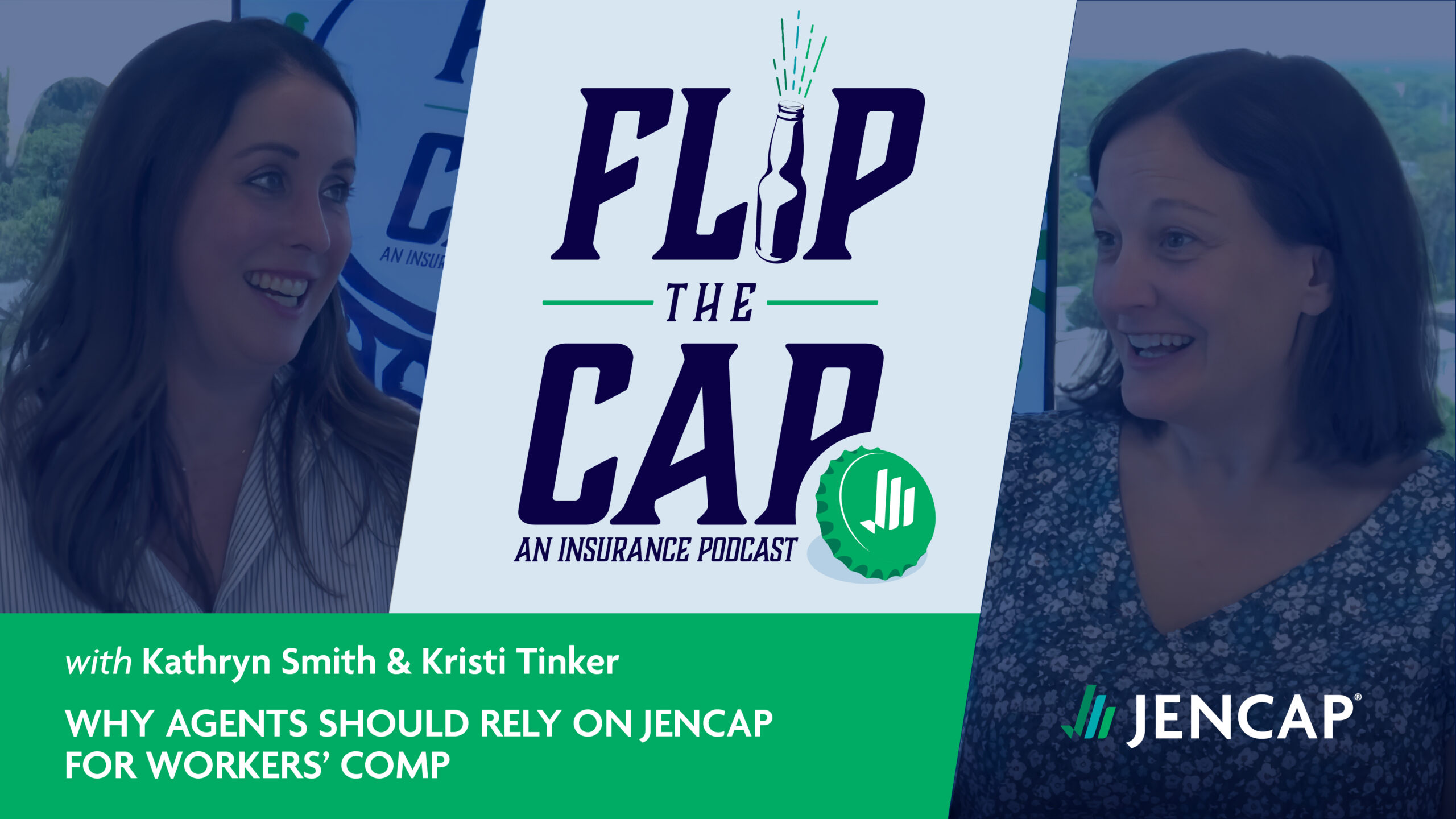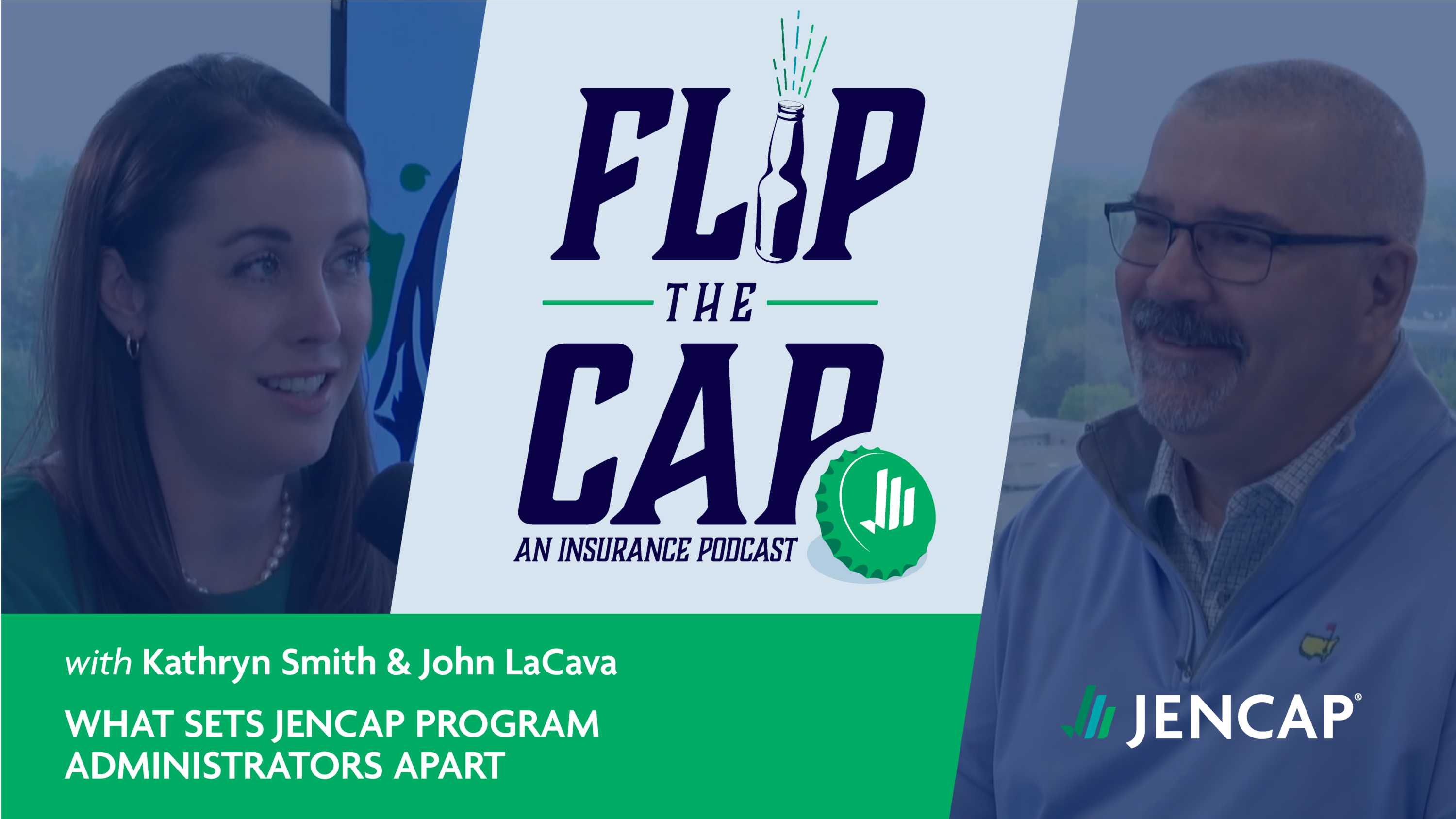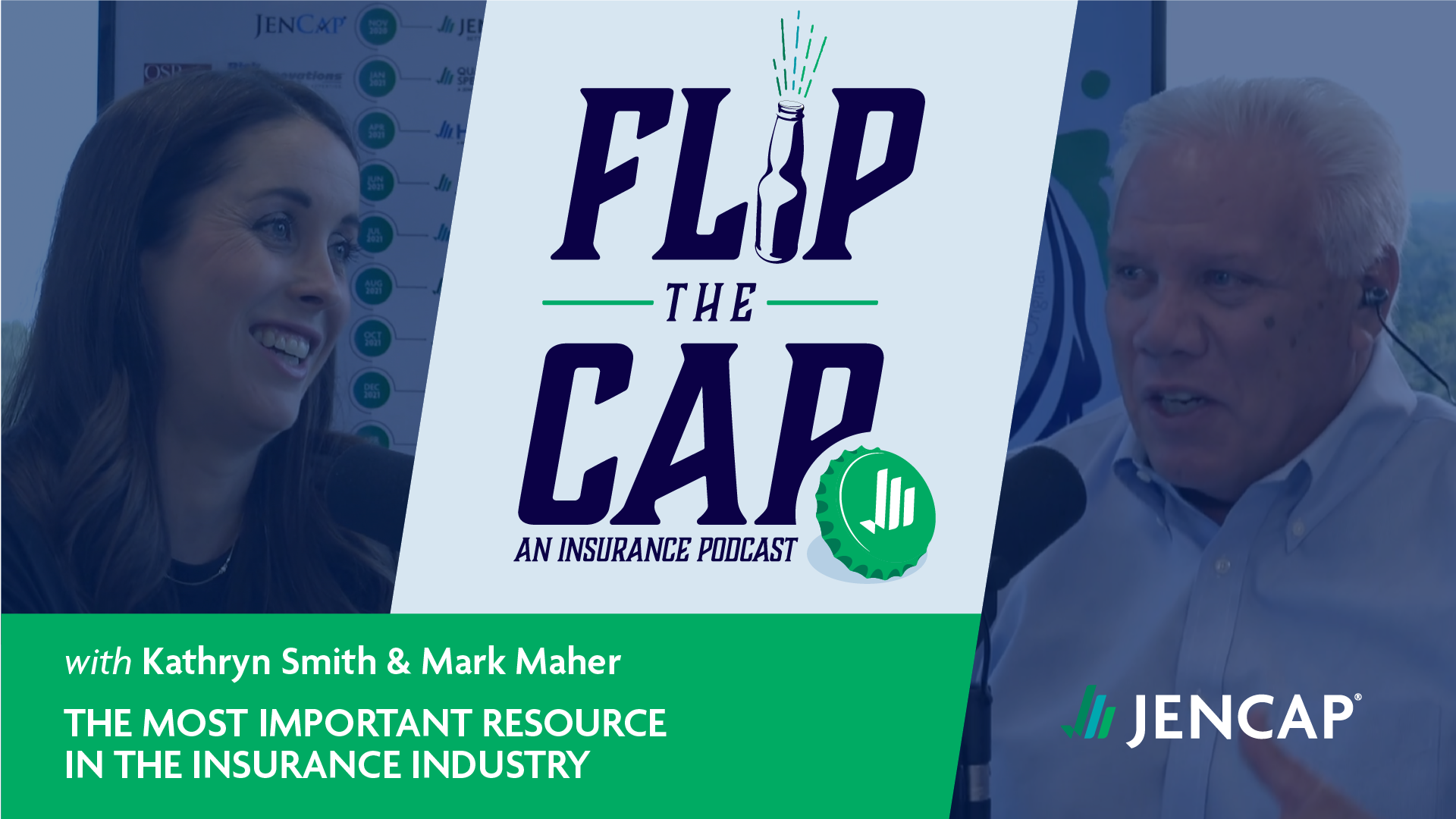The National Council on Compensation Insurance’s (NCCI) updated experience modification factor (e-mod) algorithm went into effect this past November. These changes — which insureds will begin to feel the impacts of in 2024 — are intended to more fairly and accurately determine workers’ compensation insurance pricing from state to state. In other words, the changes put more weight on smaller and more frequent claims.
Here’s what you need to know about what an e-mod is, what’s changing with the new model, and how the changes will impact insureds.
What Is an Experience Modification Rate?
The NCCI’s experience modification rate, or “e-mod,” is a numerical representation of a business’s historical workers’ compensation (WC) claims and losses compared to the average for its industry. Insurance providers use an e-mod rating as a predictor of a company’s future claims, and they adjust premium amounts accordingly. A higher e-mod rating results in a higher WC premium, while a lower e-mod rating can mean cost savings.
In theory, this encourages businesses to prioritize safety measures and risk management to maintain a favorable e-mod.
How an E-Mod Works
An e-mod is calculated based on a formula that considers a business’s actual losses compared to expected losses within their specific industry. The formula involves three key parts:
- Actual Primary Losses: The actual losses incurred by the business in workers’ compensation claims, adjusted for medical costs and lost wages.
- Expected Primary Losses: The expected losses for a business of similar size within the same industry.
- Expected Excess Losses: Additional losses beyond the primary losses, calculated based on a predetermined ratio.
The NCCI’s formula combines these three components to generate an e-mod rating, which is expressed as a multiplier:
- A value of 1.0 indicates that a business has an average loss experience for its industry.
- A value greater than 1.0 suggests higher-than-average losses, resulting in increased premiums.
- A value less than 1.0 indicates lower-than-average losses.
The lower the value, the lower the premium.
How Is the E-Mod Model Changing in 2024?
The NCCI recently announced updates to their existing e-mod model, and those updates officially went into effect on November 1, 2023. There are a number of changes rolled up into this new calculation — including changes to split points, state accident limitation, G values, credibility parameters, and premium eligibility thresholds. (You can find a high-level overview of all these changes here.)
Of all these changes, there are two that insureds need to pay particular attention to:
Important Change #1: States will receive their own, unique split points
Split point is a critical part of the e-mod formula because it calculates a business’s risk and can impact its insurance premium amounts. The split point refers to the threshold at which a workers’ compensation claim is divided into primary and excess losses. Claims below the split point are considered primary losses and those above it are considered excess losses. The e-mod formula gives full weight to primary costs, while excess costs only receive partial weight.
For example, let’s say within a state with a $15,000 split point, a business has a $100,000 claim. $15,000 would be designated under “primary loss,” while $85,000 would fall under “excess.”
In the NCCI’s previous e-mod algorithm, all states had the same split point amount of $18,500. Now, each state will receive its own split point amount, based on that state’s loss experience. This amount will range from $9,500 in Oregon to $38,000 in Louisiana. By assigning each state its own split point, the NCCI aims to improve the e-mod’s precision and more accurately represent each state’s injury cost.
Important Change #2: State Accident Limitation (SAL) calculations will adjust
The NCCI’s State Accident Limitation (SAL) is intended to buffer the impact of significant claims on a state’s e-mod rating. Essentially, it recognizes that unusually high claims don’t reflect the norm and don’t necessarily predict future loss patterns.
In the previous e-mod model, SAL is calculated as the state average cost per case, multiplied by 25. In the updated e-mod methodology, SAL will take into account the top 5% most substantial claims for each state. With this new calculation, all states will see lower loss limitations, which will further reduce the impact of substantial, outlier claims on e-mod ratings.
You can find a more detailed description of all the e-mod updates and changes on the NCCI’s website.
Who Does This Impact?
The workers’ compensation NCCI changes will automatically go into effect for all 36 states that the NCCI regulates. Independent bureau states (Wisconsin and Minnesota, for example) will individually review the NCCI’s proposed e-mod changes and determine whether or not they choose to adopt them. The handful of states that use their own, unique e-mod models (like New York and California) won’t be impacted.
According to the NCCI, these changes are intended to have an overall “premium neutral” effect across the market. However, it’s important to remember that each business is unique and some may be impacted by these changes more than others.
If you’re a retail agent working with workers’ compensation clients, it will be important to walk them through these changes in the coming months and help them understand what this could mean for their workers’ compensation policy premiums. While some insured won’t notice any significant changes to their premium amounts, others will. Initiating conversations early can help them prepare and — in less ideal situations — avoid feeling blindsided at renewal.
Need additional guidance and support in navigating the recent experience modification changes? Jencap is your one-stop shop for workers’ compensation. Our experienced WC brokers operate coast to coast and ensure that you stay ahead of all emerging WC trends and news. Contact us today to learn more.

























